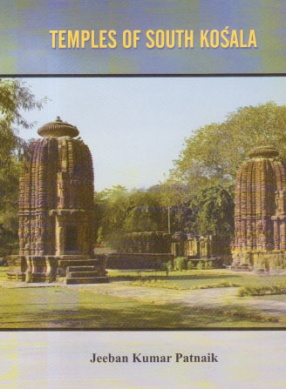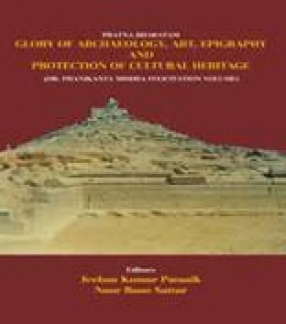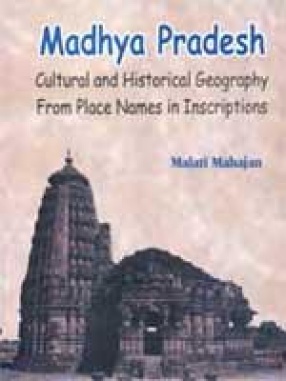The present piece of work is the outcome of the holistic, original documentation and survey of the art and architecture of South Kosala which is one of the interesting and dazzling chapters of Indian art history. Temples of a wide range of varieties were constructed in India during the post Gupta period over a time span of more than a millennium broadly in three varieties, namely nagara, dravida and vesara. The inscription Amritesvara temple at Holal Karnataka speaks of the Kalingan style too.
The regional schools of art adopting nagara style came into existence under the patronage of the local ruling dynasties between 6 th -11 th century AD. in the territory of South Kosala. This aspect of cultural history has not received adequate attention of the scholars hitherto.
These temples of South Kosala later on developed a sub-regional manifestation. The temples were constructed either of brick or brick and stone or entirely of stone. The uniqueness in the South Kosalan architecture is that group of temples constructed after a star-shaped ground plan, rarely found elsewhere in India. As many as eleven temples of this type documented so far, revealed an interesting account of their architecture. Besides, altogether twenty three temples have been documented including both stellate and non-stellate temples. Thus the study focuses that South Kosala played a significant role in the temple building of all conceivable forms and Experiments of which stellate order is not only pronounced but also unique.
Contents: Preface. 1. Temple architecture: an introduction. 2. Historical background of South Kosala. 3. Temple art and architecture. 4. Temples of South Kosala-a survey. 5. Stellate temples of South Kosala. 6. Stellate temples of India: a comparative study. 7. Conclusion. Glossary. Bibliography. Index.






There are no reviews yet.